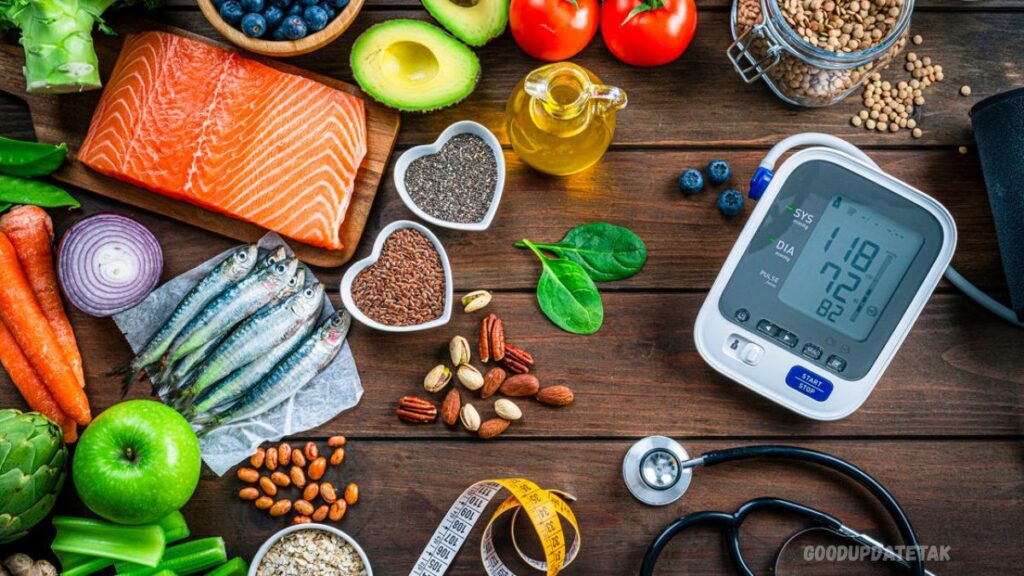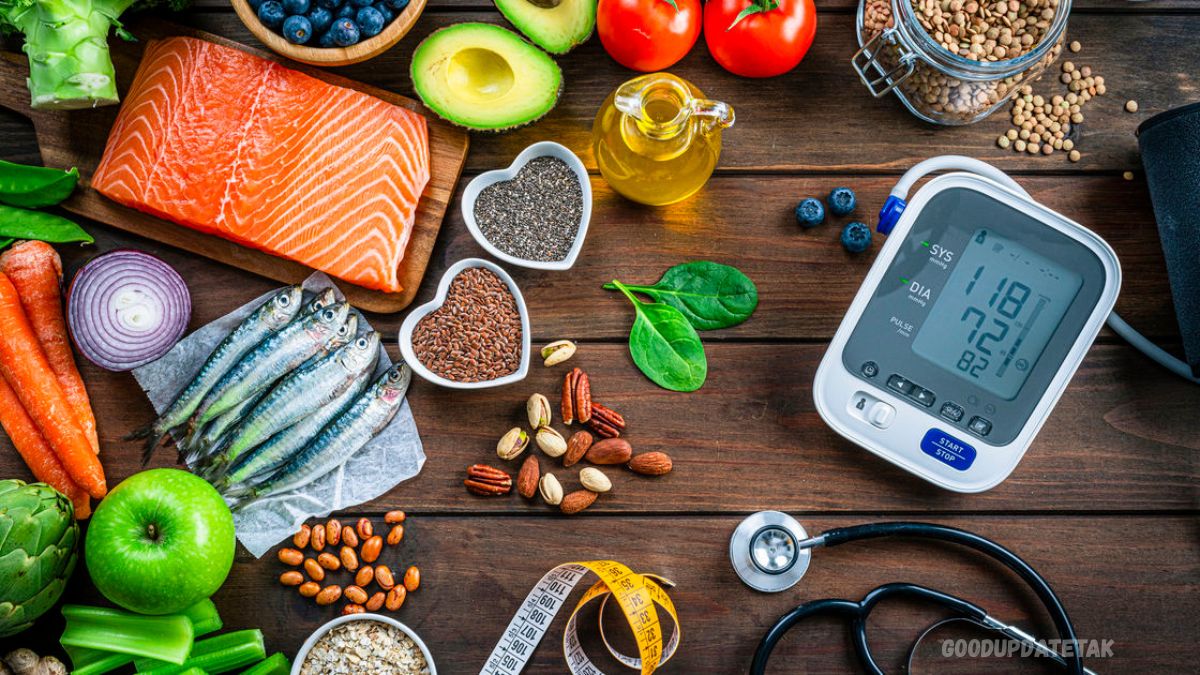High blood pressure, or hypertension, affects millions of people worldwide and can lead to serious health issues like heart disease and stroke. Fortunately, adopting a healthy diet can significantly help manage blood pressure levels. This article explores the best diet plan to control blood pressure, offering simple, practical, and effective tips to improve your health. By following these guidelines, you can take control of your blood pressure naturally and enhance your overall well-being.
Understanding Blood Pressure and Diet
Blood pressure measures the force of blood against your artery walls. When it’s consistently high, it puts strain on your heart and blood vessels. Diet plays a critical role in managing blood pressure because certain foods can either raise or lower it. A balanced diet rich in nutrients like potassium, magnesium, and fiber, while low in sodium and unhealthy fats, can help keep your blood pressure in check. Understanding which foods to include and avoid is the first step toward a heart-healthy lifestyle.
The DASH Diet
The Dietary Approaches to Stop Hypertension (DASH) diet is widely recommended for controlling blood pressure. It emphasizes eating whole foods such as fruits, vegetables, whole grains, lean proteins, and low-fat dairy while limiting sodium, red meat, and added sugars. Studies show that the DASH diet can lower blood pressure in as little as two weeks. Its flexibility and focus on nutrient-rich foods make it easy to follow for long-term health benefits.
Key Foods to Include in Your Diet
To control blood pressure, focus on incorporating the following foods into your meals –
- Fruits and Vegetables: Bananas, oranges, spinach, and sweet potatoes are rich in potassium, which helps balance sodium levels.
- Whole Grains: Oats, brown rice, and quinoa provide fiber and support heart health.
- Lean Proteins: Opt for fish, poultry, beans, and legumes, which are low in saturated fats.
- Nuts and Seeds: Almonds, walnuts, and flaxseeds offer healthy fats and magnesium.
- Low-Fat Dairy: Yogurt and skim milk provide calcium without excess fat. These foods are nutrient-dense and help reduce inflammation, improve blood flow, and lower blood pressure naturally.
Foods to Avoid for Better Blood Pressure
Certain foods can spike blood pressure and should be limited –
- High-Sodium Foods: Processed foods, canned soups, and fast food are often loaded with salt.
- Sugary Beverages: Sodas and energy drinks can contribute to weight gain and higher blood pressure.
- Red and Processed Meats: Bacon, sausages, and fatty cuts of meat are high in saturated fats.
- Excess Alcohol: Drinking more than one or two drinks per day can raise blood pressure. Reducing these foods can prevent unnecessary strain on your cardiovascular system and promote better health.
Practical Tips for Following the Diet

Adopting a blood pressure-friendly diet doesn’t have to be overwhelming. Here are some simple tips to get started –
- Read Food Labels: Check sodium content and choose low-sodium or no-salt-added options.
- Cook at Home: Preparing meals allows you to control ingredients and avoid excess salt or unhealthy fats.
- Use Herbs and Spices: Replace salt with flavorful alternatives like garlic, basil, or cumin.
- Plan Your Meals: Create a weekly menu to ensure you’re including a variety of nutrient-rich foods.
- Stay Hydrated: Drink plenty of water to support overall health and avoid sugary drinks. Consistency is key, and small changes over time can lead to significant improvements.
Sample Meal Plan for a Day
Here’s a sample one-day meal plan to help you visualize a blood pressure-friendly diet –
- Breakfast: Oatmeal topped with fresh berries, a sprinkle of chia seeds, and a glass of skim milk.
- Lunch: Grilled chicken salad with spinach, tomatoes, cucumbers, avocado, and a light olive oil dressing.
- Snack: A handful of unsalted almonds and an apple.
- Dinner: Baked salmon with quinoa and steamed broccoli, seasoned with lemon and herbs.
- Dessert: Greek yogurt with a drizzle of honey and sliced bananas. This plan is balanced, flavorful, and packed with nutrients to support healthy blood pressure.
Lifestyle Changes to Complement Your Diet
While diet is crucial, combining it with other lifestyle changes can amplify results. Regular physical activity, such as 30 minutes of brisk walking most days, helps lower blood pressure. Managing stress through meditation, yoga, or deep breathing also plays a role. Additionally, quitting smoking and maintaining a healthy weight can further reduce your risk of hypertension-related complications.
Consult Your Doctor
Before making significant dietary changes, consult your healthcare provider, especially if you’re on medication for blood pressure or have other health conditions. A doctor or dietitian can help tailor the DASH diet or other plans to your specific needs, ensuring you achieve the best results safely.
Read Also:
Happy Mother’s Day 2025: Unique Wishes, Quotes & Social Media Ideas
ACM Awards 2025: Unforgettable Moments – Jelly Roll’s Bold Move, Surprise Collaborations & More
I am Vizaan, I am working with the technical team at WordPress from last 7 years. I started with WordPress doing content writing and website development along with traffic growth.

